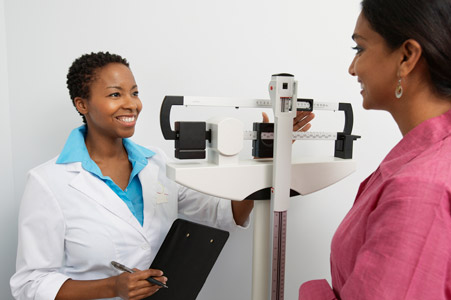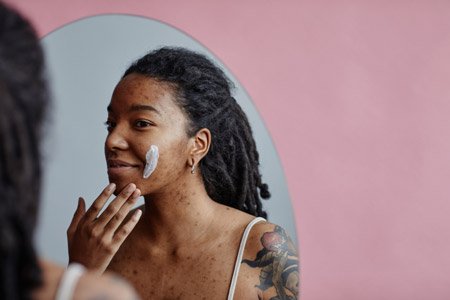

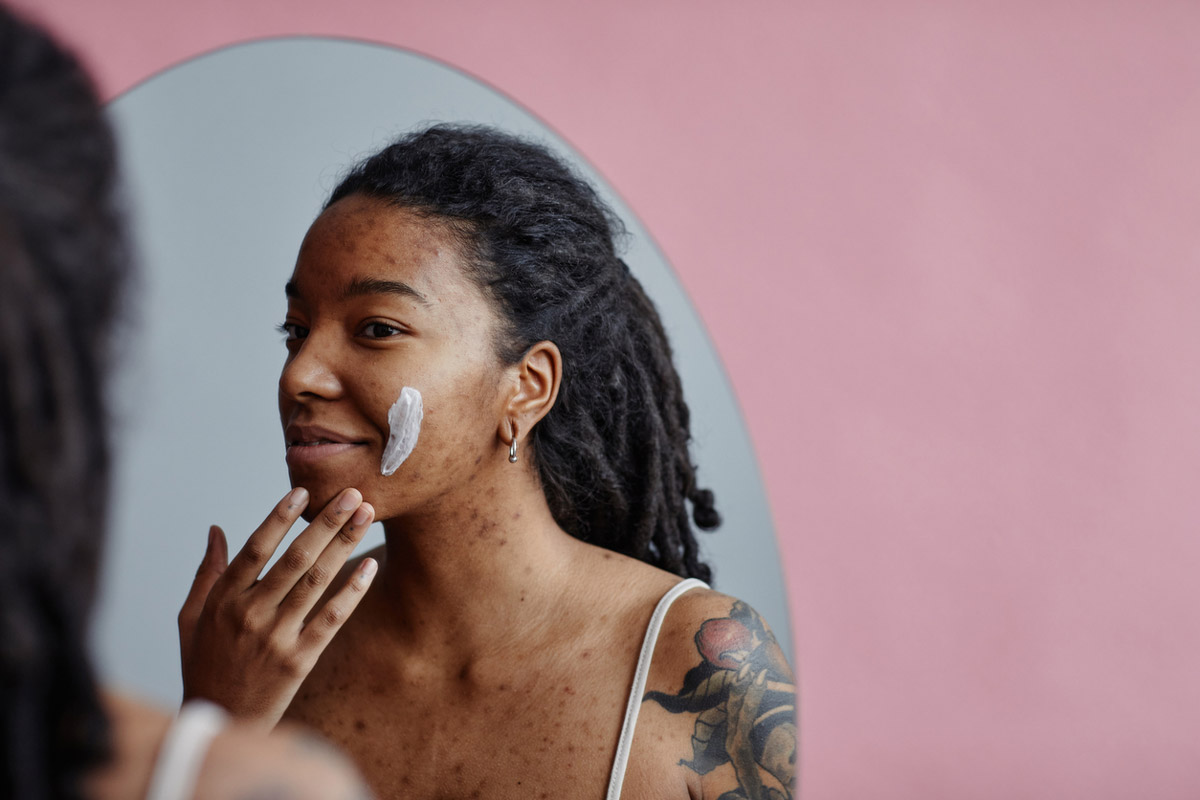
How to Combat and Minimize Acne Scarring
Acne is likely something you’ve experienced or will experience throughout your life. It’s extremely common for teens but many patients will still get breakouts or deal with acne well into adulthood. While acne, blemishes, and pimples are temporary, the scars they leave behind can last much, much longer.
Let’s explore how you can potentially reduce the chance you’ll get acne scars and how your dermatologist may suggest you treat the scars you already have.
Properly Treating Current Breakouts
One of the best ways to prevent acne scars is by promptly treating acne breakouts as you get them. As acne or breakouts go from mild to severe, so do the odds of getting acne scars.
Be sure to take good care of your skin by keeping it clean through regular cleansing, protecting it with sunscreen, and using over-the-counter acne treatments as needed or recommended by your dermatologist. The American Academy of Dermatology Association notes that “early treatment is especially important if you have a close blood relative like a parent or sibling who has (or had) acne scarring. Having a close blood relative who has (or had) acne scars increases your risk of developing acne scars.”
Don’t Pick At or Touch Your Acne
It’s important to not pick or pop your pimples — this behavior increases the inflammation in your skin and the likelihood of you developing acne scars. It can also increase your risk of infections or discoloration.
Beyond not popping your pimples, it’s also a good idea to avoid touching your face when you have breakouts. Touching your face can make your acne worse and increase the odds that you develop scars.
Dermatologist Supervised Treatments for Scars
If you notice that you have developed acne scars, schedule a visit to your dermatologist to see what possible methods are available for your skin type.
Common treatments for acne scars include laser therapy, chemical peels, microneedling, and dermal fillers.
- Laser treatments resurface the skin and promote collagen production to smooth out scars
- Chemical peels use acids to exfoliate the top layer of skin, reducing the appearance of scars
- Microneedling creates tiny punctures in the skin to stimulate healing and collagen production
- Dermal fillers temporarily fill indented scars, improving the skin’s texture
Your dermatologist may also recommend topical treatments, including retinoids and silicone gels, which can also help with less severe scarring.
If you have any questions or concerns about your acne and scarring, be sure to reach out to your dermatologist.
The information on this site is for informational purposes only and should not replace direct medical advice, diagnosis, or treatment from your doctor or another qualified healthcare provider.
Sources:
“Acne scars: Overview.” American Academy of Dermatology Association.
“Acne scars: Consultation and treatment.” American Academy of Dermatology Association.



















.jpg)





















.jpg)








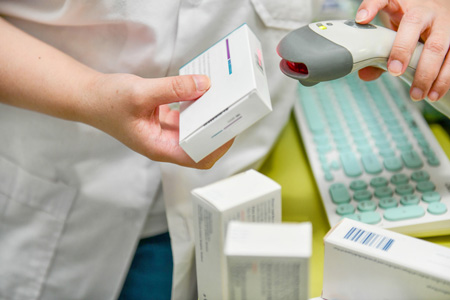








.jpg)



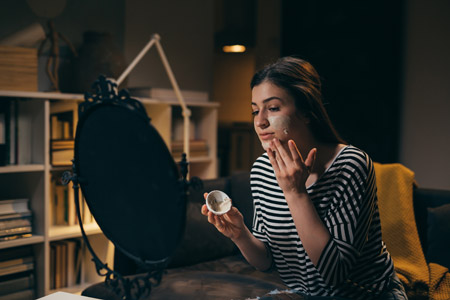












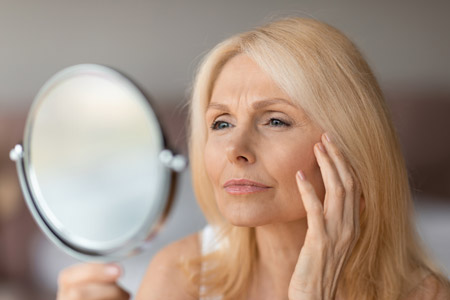









.jpg)
.jpg)
.jpg)


